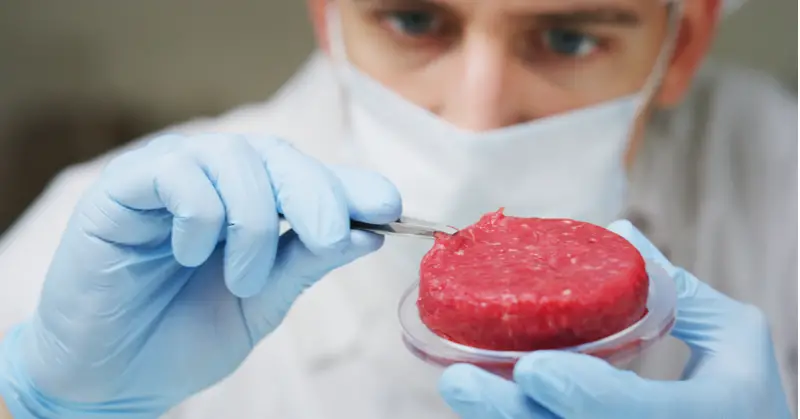Aging often brings various changes, but not all of them are as desirable as the wisdom acquired through a long life. One of the unwelcome aspects of aging is the associated decline in muscle strength and mass, which can lead to an increased risk of injuries and fractures.
Preventing muscle and bone issues in elderly adults is crucial for enhancing their quality of life and reducing medical costs. Recent research suggests that a straightforward dietary adjustment might help mitigate muscle loss and improve muscle strength.
Age-Related Muscle Decline:
The decline in muscle mass that occurs with aging is referred to as sarcopenia. Generally, the more muscular strength an individual retains before experiencing sarcopenia, the milder the condition’s impact. While engaging in strength training and exercise can be beneficial for preventing muscle loss, these measures are less effective once muscle decline has set in. Researchers have been striving to find a way to restore muscle function and strength in aging adults, and a recent study has identified a promising solution.
Reversing Sarcopenia:
For years, it was widely believed that the best approach to address muscle loss was through prevention. However, this recent study suggests that it may be possible to reverse muscle loss. The study focused on two specific compounds: ursolic acid and tomatidine.
In the study, these compounds effectively halted muscle loss resulting from inactivity and malnutrition. Mice were divided into two groups, with each group receiving either tomatidine or ursolic acid. Both groups experienced an increase in muscle mass and strength, indicating that these compounds can restore muscle mass to levels comparable to that of a young adult.
Further research has revealed that these compounds counteract the effects of a protein called ATF4, which is known to contribute to muscle weakness associated with aging. By rendering muscles less responsive to ATF4, these compounds can reverse age-related muscle weakness.
Implications for Your Diet:
The outcomes of this research are already being translated into various projects and initiatives aimed at reversing age-related muscle loss. These compounds are naturally found in tomatoes, green tomatoes, and apples. By increasing your consumption of these foods, you can potentially reduce your risk of sarcopenia.
Moreover, ongoing research aims to identify other foods that contain these compounds in significant quantities. As this field of study evolves, you may find a growing array of muscle-building superfoods on the market.
It is essential to recognize that maintaining muscle mass and strength through regular exercise, particularly strength training, is crucial. While cardiovascular exercise benefits heart health, strength training safeguards against muscle loss and muscle strength decline.
This research has the potential to positively impact the lives of numerous individuals. Enhanced muscle strength and mass among older adults could lead to fewer injuries, reduced time spent in emergency care, and lower medical expenses.
Sources:
http://www.medicalnewstoday.com/articles/299212.php
http://now.uiowa.edu/2015/09/keeping-older-muscles-strong
http://www.medicaldaily.com/reversing-muscle-atrophy-food-eating-apples-green-tomatoes-may-increase-muscle-352378
http://www.jbc.org/content/early/2015/09/03/jbc.M115.681445.full.pdf+html
This Site Was Inspired By An Interest in Protecting the Environment
We had the privilege and joy of learning from Dr. Charlie Stine who instilled a love for the natural world through incredible field trips with the Johns Hopkins Odyssey Certificate program in Environmental Studies. At the time, the program was endorsed by the Maryland Department of Natural Resources. Sadly, after Dr. Stine retired, the program was phased out. We hope that we honor his legacy by shining a bright light on environmental issues and sharing good news about the success of various conservation programs when possible.
